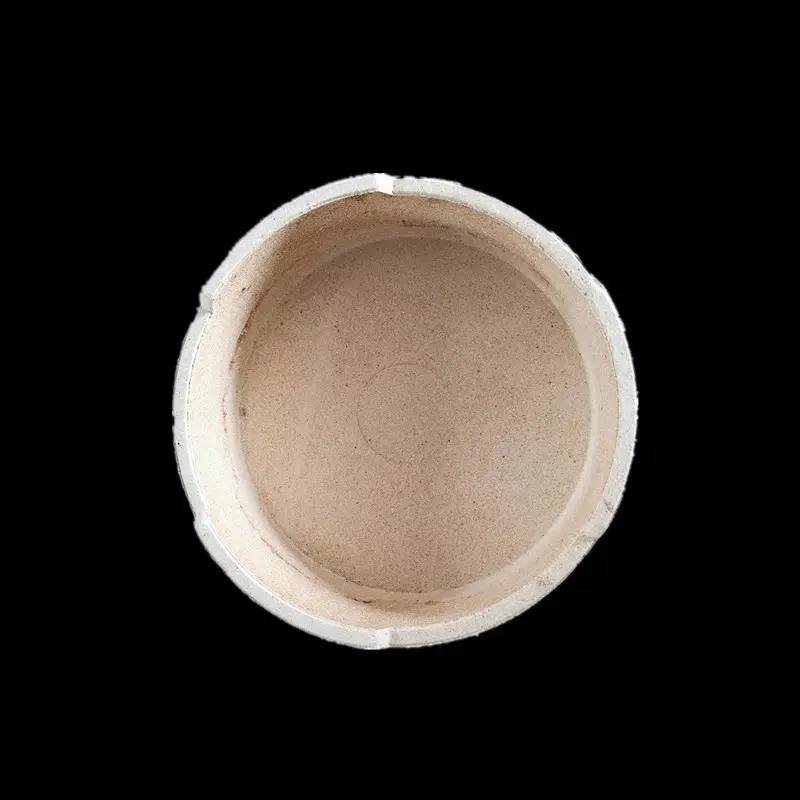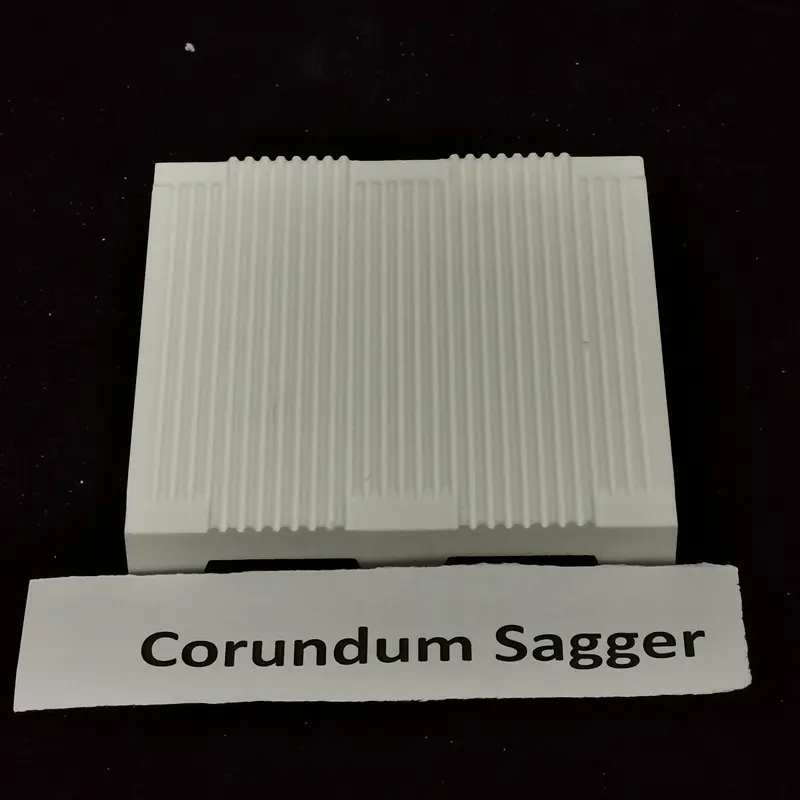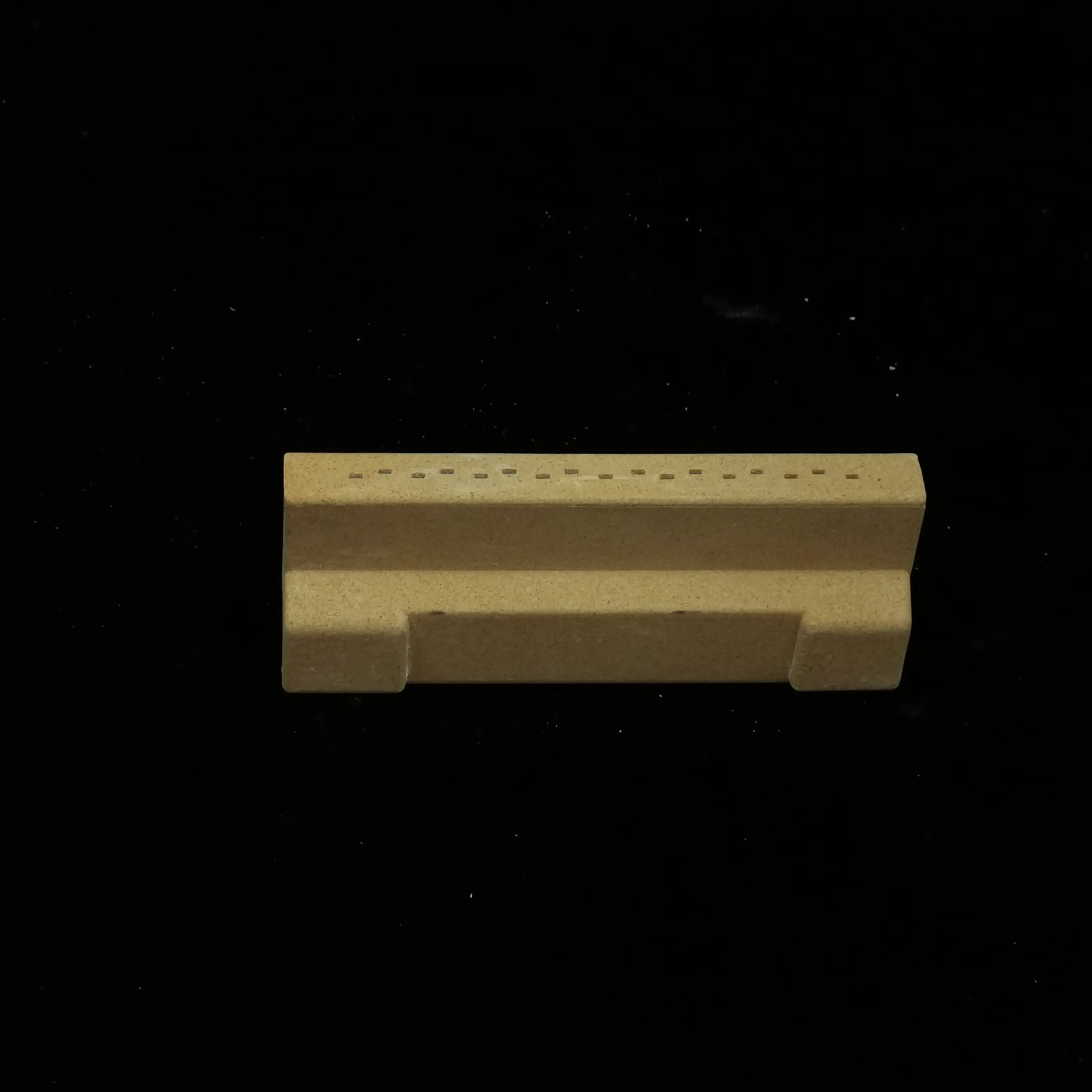High wear resistance 99% Alumina Ceramics guide for Textile Industry
Alumina ceramics are known for their exceptional hardness, wear resistance, and thermal stability. These properties make them ideal for use in various applications within the textile industry, particularly in guiding and supporting components of textile machinery. The primary function of alumina ceramic guides is to facilitate the smooth movement of threads and fabrics during production, thereby reducing friction and wear on both the materials and the machinery.
One of the most significant advantages of alumina ceramic guides is their ability to withstand harsh operating conditions. In textile manufacturing, machines often operate at high speeds and under considerable stress. Traditional materials may wear out quickly, leading to increased downtime and maintenance costs. In contrast, alumina ceramic guides maintain their integrity over time, ensuring consistent performance and longevity. This durability translates to reduced replacement frequency and lower operational costs for textile manufacturers.
Moreover, alumina ceramic guides are chemically inert, which means they do not react with dyes, chemicals, or other substances commonly used in the textile industry. This property is particularly important in processes such as dyeing and finishing, where contamination can lead to defects in the final product. By using alumina ceramic guides, manufacturers can ensure that their products remain free from unwanted residues, thereby maintaining high quality and consistency.
The application of alumina ceramic guides extends beyond just guiding threads. They are also utilized in various other components of textile machinery, such as tensioners, rollers, and spindles. In these applications, the low friction coefficient of alumina ceramics helps to minimize energy consumption, contributing to more sustainable manufacturing practices. As the textile industry increasingly focuses on reducing its environmental impact, the adoption of energy-efficient materials like alumina ceramics becomes even more critical.
In addition to their functional benefits, alumina ceramic guides also contribute to the overall efficiency of textile production. By ensuring smooth operation and reducing the likelihood of machine jams or thread breakage, these guides help to streamline production processes. This efficiency not only enhances productivity but also allows manufacturers to meet tight deadlines and respond quickly to market demands.
Furthermore, the versatility of alumina ceramics means they can be tailored to meet specific requirements of different textile applications. Manufacturers can customize the size, shape, and surface finish of alumina ceramic guides to suit their unique machinery and production processes. This adaptability ensures that textile companies can optimize their operations and achieve the best possible results.
In conclusion, the application of alumina ceramic guides in the textile industry represents a significant advancement in manufacturing technology. Their durability, chemical resistance, and efficiency make them an invaluable asset for textile manufacturers seeking to enhance their production processes. As the industry continues to evolve, the integration of innovative materials like alumina ceramics will play a crucial role in driving performance, sustainability, and quality in textile manufacturing. Embracing these advancements will not only benefit individual companies but also contribute to the overall progress of the textile industry as a whole.




